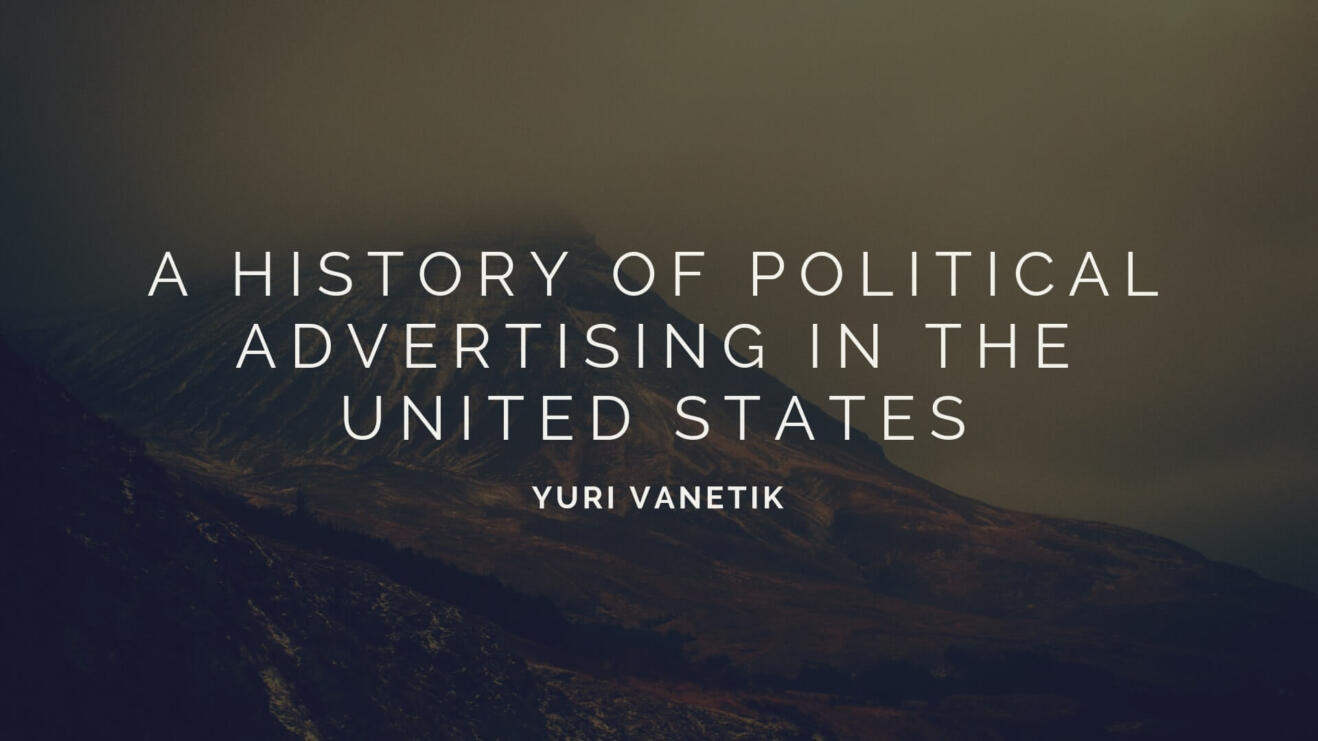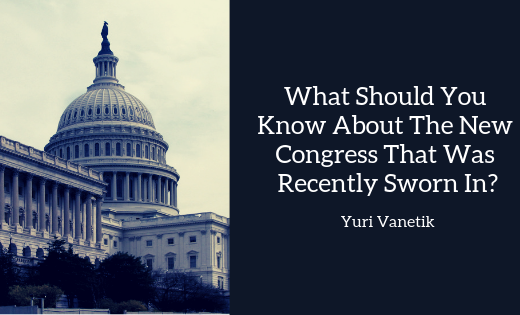Television changed American life in some rather fundamental ways, and the way politicians interact with their constituents is no different. Where those running for office once had to rely on word of mouth, town hall meetings, and rallies to spread their message, television allowed them to reach a national audience directly. While the rigors of the campaign trail may seem exhausting today, Harry Truman covered over 31,000 miles and shook half a million hands during his 1948 campaign. But it was Republican candidate Dwight D. Eisenhower who first recognized the power of TV. His 22-second campaign ads took the format of a question and answered session and helped craft his national image as a no-nonsense everyman ready to tackle America’s problems head-on.
But while Eisenhower’s reach into television was a rather benign attempt at positive advertising, things would take a serious turn towards negativity in the campaigns that followed. Kennedy’s photogenic demeanor in the televised debates are largely regarded as one of the main reasons he beat out Nixon, but that was just the tip of the iceberg. JFK’s campaign came accompanied with over 200 televised ads, while Nixon reached out to the public directly with televised addresses. Following Kennedy’s death, things took a turn towards the darker. Lyndon B. Johnson’s “Daisy Girl” ad played strongly off of America’s fears of nuclear winter with its dystopian narrative. The line “because the stakes are too high for you to stay at home” played a major role in convincing the American public that they needed a hardliner in the White House.
Following the success of “Daisy Girl,” the gloves came off. Except Democratic candidate George McGovern, practically every presidential candidate has relied on attack ads to persuade their audiences, although the venom of these campaigns can vary wildly.
By the time Bill Clinton began running his campaign in the 1990s, most politicians had adept advertising teams ready to put together a meticulous campaign combining radio, billboard, and television ads, but Clinton was the first to break the mold by reaching out to the public in creative new ways. By reaching to a younger audience through the formats, they understood – MTV and daytime talk shows – he managed to get the push he needed to take the White House. It’s an approach that extends to the present day and largely came to define the unconventional strategy of Donald Trump’s 2016 campaign.
If there’s one constant in advertising, it’s that methodology has to change with technology. Today, text message marketing companies (Tatango, for example) are utilized for effective voter encouragement during political campaigns. Social media is another big platform that has a major impact on how politicians reach their audiences. Facebook and Twitter are every bit as important, if not more so than traditional television campaigns. And while the future of political advertising will be primarily digital, that comes with its challenges. The presence of bots and thee quick mutation of false information on social media means that the public will have to closely scrutinize the ads they see, and we’ll have to be vigilant to make sure that politicians are held accountable to the advertising done in their names.
About The Author
Yuri Vanetik is an Entrepreneur, Private Investor, Coalition Builder, and Philanthropist in Orange County, California. He is the Managing Partner of Vanetik International, LLC, a management consulting firm which offers advisory services and strategic planning to businesses and industries. He is also the Managing Partner of Dominion Asset Management, a technology-driven opportunity real estate fund that invests in undervalued real estate throughout the United States. Yuri Vanetik brings over 20 years of professional experience in a variety of roles, and has been featured in notable publications, including theWall Street Journal,California Business Journal, Bloomberg Law, and Forbes.



